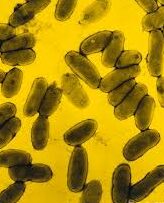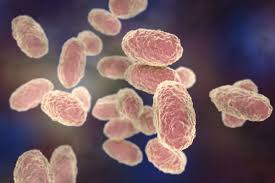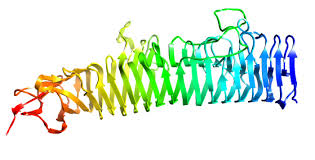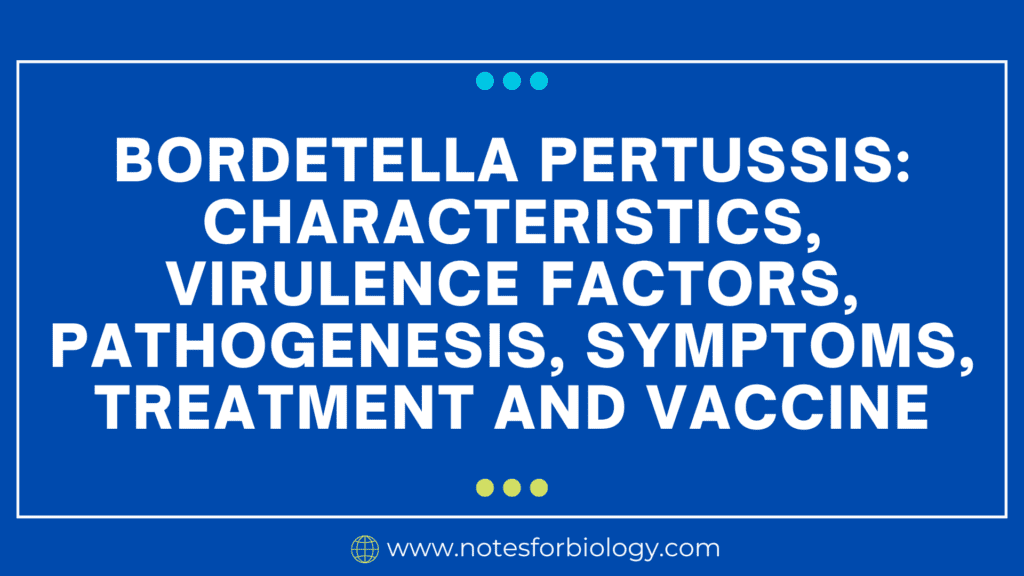Bordetella pertussis

Bordetella pertussis is a highly contagious bacterium responsible for whooping cough, a serious respiratory illness. It is a major global health concern, especially among infants and young children.
Here’s a detailed look at its characteristics, virulence factors, pathogenesis, symptoms, treatment, and vaccination:
Table of Contents
Characteristics
Gram-negative coccobacillus: This means it is a small, rod-shaped bacterium that stains pink with the Gram staining technique.
Aerobic: It requires oxygen to survive.
Non-motile: It lacks flagella, the structures that allow bacteria to move.
Capsule: It possesses a capsule that helps it evade the host’s immune system.
Virulence Factors
Bordetella pertussis produces a multitude of virulence factors, proteins and toxins, that allow it to cause disease:
Pertussis toxin (PT)
This is a potent toxin that inhibits the immune response, causing a significant increase in susceptibility to infection. It also increases the production of mucus.
Adenylate cyclase toxin (ACT)
This toxin disrupts the function of white blood cells and other immune cells.
Filamentous hemagglutinin (FHA)

This protein binds to host cells and facilitates bacterial attachment.
Pertactin (PRN)

This protein also binds to host cells and promotes bacterial adherence.
Tracheal cytotoxin (TCT)
This toxin damages the ciliated cells of the respiratory tract, impairing the ability to clear mucus.
Pathogenesis
Inhalation: Bordetella pertussis enters the body through inhalation of airborne droplets.
Adherence: The bacteria utilize FHA and PRN to attach to the ciliated epithelial cells of the upper respiratory tract.
Toxins and enzymes: The bacteria produce toxins and enzymes, like PT, ACT, and TCT, which damage the host cells, suppress the immune response, and facilitate bacterial growth.
Inflammation and mucus production: The damage to the respiratory tract leads to inflammation and a massive increase in mucus production.
Paroxysmal coughing: The accumulation of mucus and the damaged ciliated cells lead to the characteristic whooping cough, characterized by intense coughing spasms followed by a high-pitched “whoop” sound.
Symptoms
Whooping cough presents in three stages:
Catarrhal stage: This stage mimics a common cold with symptoms like runny nose, mild cough, and low-grade fever.
Paroxysmal stage: This stage is characterized by the classic whooping cough, intense coughing spasms that can lead to vomiting, and exhaustion.
Convalescent stage: This stage involves a gradual decrease in the frequency and severity of coughing fits.
Treatment
Treatment for whooping cough focuses on managing the symptoms and preventing complications. It includes:
Antibiotics: Macrolide antibiotics, such as azithromycin and erythromycin, are the primary treatment. These can suppress bacterial growth and reduce the duration and severity of the disease.
Supportive care: This involves hydration, rest, and sometimes oxygen therapy for severe cases.
Cough suppressants: These may be used to reduce the frequency and intensity of coughing episodes.
Vaccination
Vaccination is the most effective way to prevent whooping cough.
DTaP vaccine: This vaccine is a combination vaccine that protects against diphtheria, tetanus, and pertussis. It is given to infants and children in a series of doses.
Tdap vaccine: This is a booster vaccine that contains tetanus, diphtheria, and acellular pertussis components. It is recommended for adolescents, adults, and pregnant women.
Conclusion
Bordetella pertussis is a serious pathogen that can cause significant morbidity and mortality, especially in infants and young children. It is crucial to understand the characteristics, pathogenesis, and treatment of this disease to ensure effective prevention and management. Vaccination remains the cornerstone of controlling whooping cough and protecting vulnerable populations.
Frequently Asked Questions (FAQ)
What do you mean by Bordetella pertussis ?
Bordetella pertussis is a highly contagious bacterium responsible for whooping cough, a serious respiratory illness. It is a major global health concern, especially among infants and young children.
List vaccination of Bordetella pertussis ?
The vaccination of Bordetella pertussis ,
DTaP vaccine: This vaccine is a combination vaccine that protects against diphtheria, tetanus, and pertussis. It is given to infants and children in a series of doses.
Tdap vaccine: This is a booster vaccine that contains tetanus, diphtheria, and acellular pertussis components. It is recommended for adolescents, adults, and pregnant women.
What are the treatment for Bordetella pertussis ?
The treatment for Bordetella pertussis ,
Antibiotics: Macrolide antibiotics, such as azithromycin and erythromycin, are the primary treatment. These can suppress bacterial growth and reduce the duration and severity of the disease.
Supportive care: This involves hydration, rest, and sometimes oxygen therapy for severe cases.
Cough suppressants: These may be used to reduce the frequency and intensity of coughing episodes.
Related Articles




